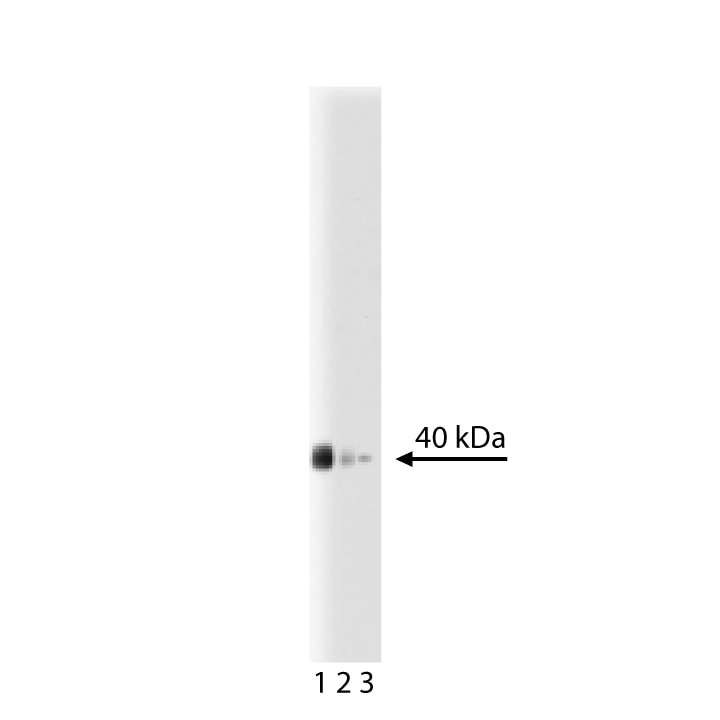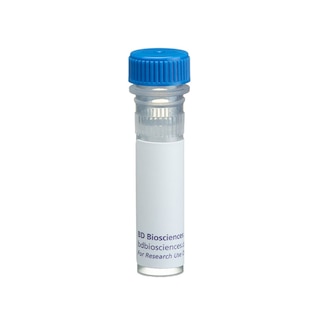-
Reagents
- Flow Cytometry Reagents
-
Western Blotting and Molecular Reagents
- Immunoassay Reagents
-
Single-Cell Multiomics Reagents
- BD® OMICS-Guard Sample Preservation Buffer
- BD® AbSeq Assay
- BD® Single-Cell Multiplexing Kit
- BD Rhapsody™ ATAC-Seq Assays
- BD Rhapsody™ Whole Transcriptome Analysis (WTA) Amplification Kit
- BD Rhapsody™ TCR/BCR Next Multiomic Assays
- BD Rhapsody™ Targeted mRNA Kits
- BD Rhapsody™ Accessory Kits
- BD® OMICS-One Protein Panels
-
Functional Assays
-
Microscopy and Imaging Reagents
-
Cell Preparation and Separation Reagents
-
- BD® OMICS-Guard Sample Preservation Buffer
- BD® AbSeq Assay
- BD® Single-Cell Multiplexing Kit
- BD Rhapsody™ ATAC-Seq Assays
- BD Rhapsody™ Whole Transcriptome Analysis (WTA) Amplification Kit
- BD Rhapsody™ TCR/BCR Next Multiomic Assays
- BD Rhapsody™ Targeted mRNA Kits
- BD Rhapsody™ Accessory Kits
- BD® OMICS-One Protein Panels
- France (English)
-
Change country/language
Old Browser
This page has been recently translated and is available in French now.
Looks like you're visiting us from United States.
Would you like to stay on the current country site or be switched to your country?
BD Transduction Laboratories™ Purified Mouse Anti-Human Prostasin
Clone 2/Prostasin (RUO)



Western blot analysis of prostasin on a LNCaP-FGC-10 (human prostate cancer cell line) lysate. Lane 1: 1:250, lane 2: 1:500, lane 3: 1:1000 dilution of the anti- prostasin antibody.


BD Transduction Laboratories™ Purified Mouse Anti-Human Prostasin

Regulatory Status Legend
Any use of products other than the permitted use without the express written authorization of Becton, Dickinson and Company is strictly prohibited.
Preparation And Storage
Product Notices
- Since applications vary, each investigator should titrate the reagent to obtain optimal results.
- Please refer to www.bdbiosciences.com/us/s/resources for technical protocols.
- Caution: Sodium azide yields highly toxic hydrazoic acid under acidic conditions. Dilute azide compounds in running water before discarding to avoid accumulation of potentially explosive deposits in plumbing.
- Source of all serum proteins is from USDA inspected abattoirs located in the United States.
Prostasin is a serine protease expressed as both GPI-anchored and secreted forms. Prostasin displays trypsin-like enzymatic activity by hydrolyzing substrates, such as D-Pro-Phe-Arg-AMC. This activity is inhibited by aprotinin, antipain, leupeptin, and benzamidine. The highest levels of prostasin protein are found in semen and the prostate, but many other tissues express prostasin at low levels. The sequence of prostasin is similar to other proteases, such as prostase, testisin, plasma kallikrein, and acrosin. In seminal fluid, prostasin can be found in complex with prostasin-binding protein, which can inhibit prostasin enzymatic activity. Prostasin mRNA is found in normal prostate epithelial cells and non-invasive prostate cancer cells, but is not expressed in invasive prostate cancer cell lines. Expression of prostasin in the invasive prostate cancer cell lines, DU-145 and PC-3, reduces the invasiveness of the cells in vitro. Thus, prostasin is a serine protease that may have roles in normal prostate function and in suppression of tumor cell invasion.
This antibody is routinely tested by western blot analysis. Other applications were tested at BD Biosciences Pharmingen during antibody development only or reported in the literature.
Development References (4)
-
Chen LM, Hodge GB, Guarda LA, Welch JL, Greenberg NM, Chai KX. Down-regulation of prostasin serine protease: a potential invasion suppressor in prostate cancer. Prostate. 2001; 48(2):93-103. (Biology). View Reference
-
Chen LM, Skinner ML, Kauffman SW, et al. Prostasin is a glycosylphosphatidylinositol-anchored active serine protease. J Biol Chem. 2001; 276(24):21434-21442. (Biology). View Reference
-
Yu JX, Chao L, Chao J. Molecular cloning, tissue-specific expression, and cellular localization of human prostasin mRNA. J Biol Chem. 1995; 270(22):13483-13489. (Biology). View Reference
-
Yu JX, Chao L, Chao J. Prostasin is a novel human serine proteinase from seminal fluid. Purification, tissue distribution, and localization in prostate gland. J Biol Chem. 1994; 269(29):18843-18848. (Biology). View Reference
Please refer to Support Documents for Quality Certificates
Global - Refer to manufacturer's instructions for use and related User Manuals and Technical data sheets before using this products as described
Comparisons, where applicable, are made against older BD Technology, manual methods or are general performance claims. Comparisons are not made against non-BD technologies, unless otherwise noted.
For Research Use Only. Not for use in diagnostic or therapeutic procedures.
